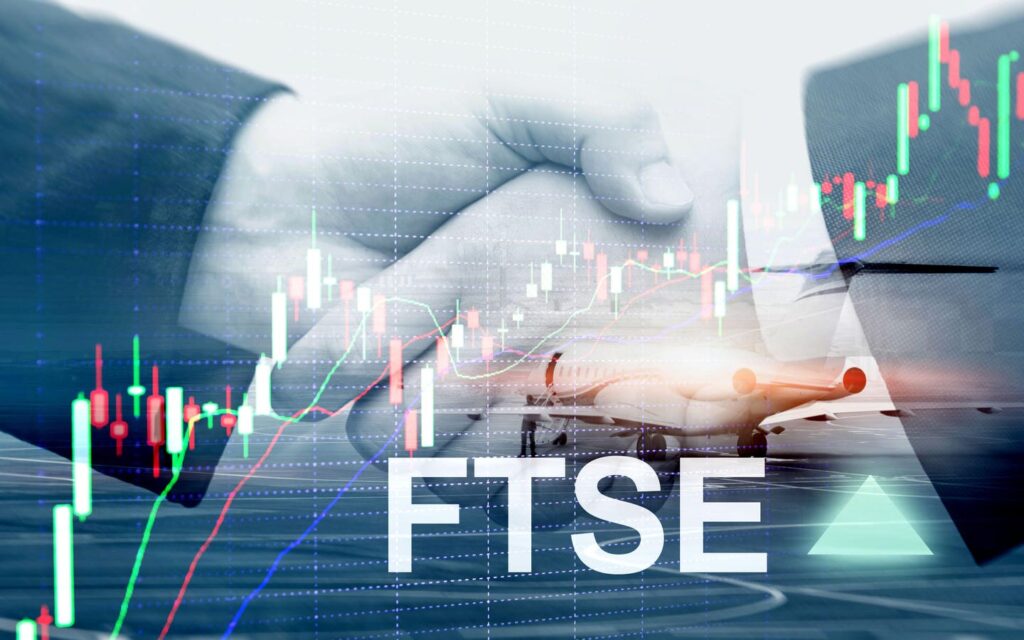The FTSE 100 Index, a crucial benchmark of the UK’s stock market, reflects a complex investment landscape shaped by historical events and current market trends. Since the economic turbulence brought on by the COVID-19 pandemic, the index has shown a steady recovery trajectory, albeit at a more moderate pace than observed in other markets, particularly the U.S. While the climb since the pandemic crash may appear modest, it has sparked renewed interest among value investors as various sectors within the FTSE 100 demonstrate resilience and emerging opportunities. However, this recovery is contrasted by the creeping influence of foreign investors taking advantage of perceived undervaluations in the UK market, which could pose challenges for local investors.
Looking ahead, several analysts predict that the FTSE 100 may continue its ascent, reaching potential new highs. Current market conditions suggest a gradual upward adjustment in pricing as equilibrium is established. This trend aligns with historical cycles where periods of stability precede significant price movements, typically catalyzed by major market shifts or investor sentiment changes. Many expect to see the index reaching around 9,000 within the next year, translating to a possible 10% overall increase. Despite the optimism surrounding this projection, it is essential to recognize that market forecasts remain inherently uncertain, influenced by unpredictable external factors that could disrupt the steady trend.
The FTSE 100 has also exhibited a recent trend of diminishing volatility, a development that is generally viewed positively by long-term investors. Reduced volatility implies that market participants have grown more confident in the stability of the index, which may set the stage for a more pronounced rise in prices. Investors typically interpret such conditions favorably, as they suggest a lower probability of drastic market fluctuations. Despite this promising signal, speculative traders may find the predictability of the market less appealing, seeking more dramatic price movements to capitalize on short-term trades.
One compelling reason for diversifying portfolios with FTSE 100 assets is the potential for currency diversification. The UK market offers investors access to a variety of sectors less correlated to other market indices, particularly those in the U.S., which is valuable for mitigating risks during market downturns. In an increasingly interconnected global economy, the ability to spread investments across diverse geographic and economic landscapes becomes a strategic advantage, enabling resilience against localized economic shocks.
Moreover, for investors with a contrarian mindset, the FTSE 100 presents unique opportunities. Contrarian investing involves positioning oneself against prevailing market sentiment, often seeking to capitalize on undervalued assets. The current climate in the UK—characterized by foreign acquisitions and an influx of investment interest due to attractive valuations—presents fertile ground for discerning investors willing to identify and invest in underappreciated stocks. This approach requires a keen understanding of market dynamics and an ability to assess long-term potential beyond immediate fluctuations.
Ultimately, the FTSE 100 serves as a crucial barometer of the UK economy, reflecting broader economic trends and investment sentiments. As the market continues to recover from pandemic-related disruptions, the interplay between foreign investment, domestic valuations, and market volatility will shape its future trajectory. For both local and international investors seeking stability and growth potential, the FTSE offers a landscape ripe with opportunities for diversification and strategic investment. Engaging with this market requires an informed approach, recognizing not just the trends depicted in charts but also the underlying economic conditions that influence market movements.

